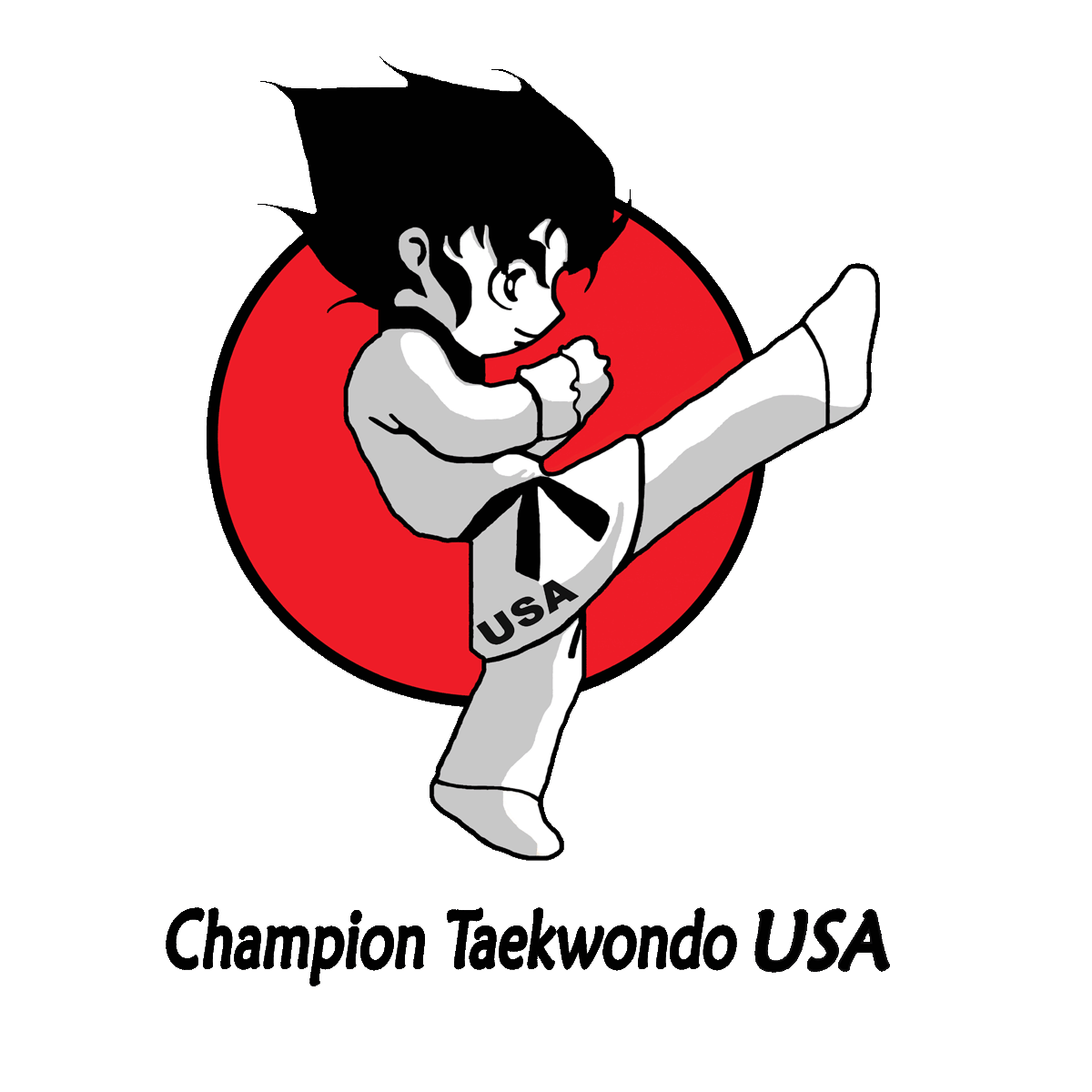

Hablamos Español

Champion Taekwondo USA
(773) 563-5465
4300 w Armitage Ave. Chicago Ill. 60639
CTUSA
Taekwondo is A Korean Art of self-defense is designed
as nonviolent Art and system of complete body excersice as
well as being a way of life it includes physical techniques,
mental discipline, and deep philosophy.
The complete history of Taekwondo is quit lenghty.
Taekwondo was practiced during the silla dynasty.
People treaned their bodies and their minds.
hwarang-do was as essencial part of silla's struggle
to unify the whole country. in the history of Korea,
Taekwondo was called Subak.
At the time People practiced not for excersice, health,
or sport activity , they practiced as martial art of considerable value.
Historical records testified that since the Korean Dinasty Taekwondo was practiced as an organized
sport for spectators.
Subak as believed was very popular between 1147 and 1170 Ad. what is very important About Subak
is that a book was printed to teach the game as a Martial Arts, and became more popular
among the general public.
People employed by the military department of the royal governmet were eagar to learn Subak,
it was included one of the mayors subjects on application exam.
In 1945, Korea was liberated from Japan. A groupe of Korean Masters made a special effort to revitalize
the traditional art. After twenty-one centuries to struggling to exist , it is now practiced in over
190 countries, an it is now an official
olympic sport.
The meaning of Taekwondo:
Tae means " to stike or brake with foot ",
Kwon means " to strike or brake with the
fist ", Do means " way ,
method or path".
Thus ,Taekwondo may be loosely
translated as " The way of the hand and the
foot "or the way of kicking and punching.

HISTORY


TKD Terminology

The meaning of the word "Tae" "Kwon" "Do." It is composed of three parts as shown in the English spelling, though it is one word in Korean. "Tae" means "foot," "leg," or "to step on"; "Kwon" means "fist," or "fight"; and "Do" means the "way" or "discipline." Put this together and Taekwondo means: "The art of Kicking and Punching".
School Rules
1. No smocking inside the DO-JANG.
2. No gum chewing inside the DO-JANG.
3. No Profanity will be used inside the DO-JANG.
4. No jewelly will be worn during class.
5. Students are not allowed to belong to another DO-JANG.
6. Never leave class for a break, water, or any early dismissal without permission.
7. Never lose your temper in the DO-JANG, especially during sparring.
8. Never lean on the wall or lay spread out on the floor.
9. Students must keep finger and toe nails clipped short and clean.
10. No horse playing, whisling, or loud talking in the DO-JANG.
11. No talking while the instructor is talking or speaking to any
visitors while in training.
12. Have discipline while training.
13. Phone if you will be absent or late for class.
14. When you see your SABAMNIM, you must bow to him.
15. Always respect your SABAMNIM when asking questions or answering.
16. Bow to the flag before entering and leaving the DO-JANG.
17. Respect all seniors belts, bow when asking questions.
18. Keep your uniform clean at all times.
19. When fixing your uniform or belt, do not face your SABAMNIM or the flags.
20. Always remember that what you are learn here is a deadly art Treat it whith respect and never misuse it.
Taekwondo Tenents
Courtesy
Integrity
persevernce
Self-control
Indomitable spirit
numbers in korean
1- Hana
2- Dool
2- Set
4- Net
5- Da-Seot
6- Yeo-Seot
7- Eel-Gop
8- Yeo-Deol
9- Ah-Hop
10- Yul

Eight Manners
VIEW RIGHTLY
FEEL RIGHTLY
THINK RIGHTLY
ORDER RIGHTLY
SPEAK RIGHTLY
CONTRIBUTE RIGHTLY
HAVE ABILITY RIGHTLY
CONDUCT RIGHTLY

4300 W Armitage Ave.
Chicago, IL. 60639
773-563-5465